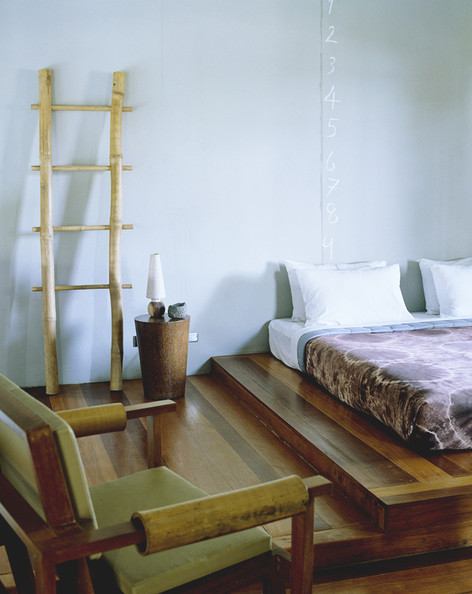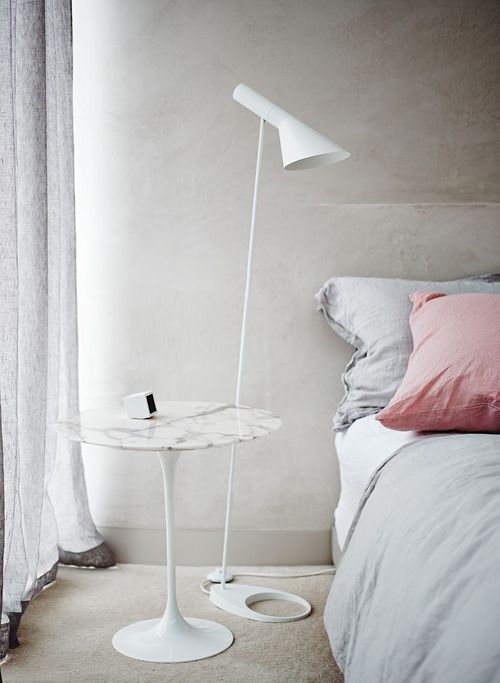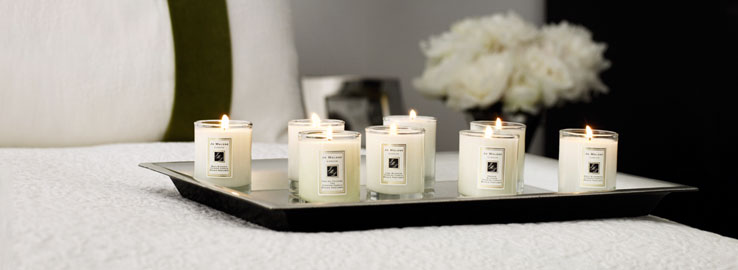6 Ways to Turn Your Bedroom into a Sleep Sanctuary
We spend one third of our lives sleeping, so your bedroom should be the most comfortable and soothing spot in your home. 60 million people however still suffer from insomnia and most of us can relate to the feeling of counting sheep and clock watching, at some point in our lives.
If you’re not getting enough zzz’s, then your great day can turn into a lousy and unproductive one. With the busy lifestyles most of us lead, it’s becoming even more crucial to evaluate your bedroom environment and create a personal space that will encourage rest and relaxation. We look into some perfect ways to turn your room into a sleep sanctuary; you may be surprised at how something so obvious may be keeping you awake.
1. Manage Lighting
From the smallest LED light on your alarm clock, to the street lights outside that dimly light your room, managing your room’s lighting is so important for an uninterrupted and decent sleep. Layer your lighting and have plenty of lamp options. Where possible, put lamps on dimmers and have reading lights on the bedside tables. Even the small amount of illumination from a TV or clock’s LED display can keep you from sinking into a deep sleep, cover them up with something or turn them away from your bed.
To keep your room free from street lights and the morning sun, installing a decent set of blinds or curtains is essential. Blockout blinds are perfect for keeping both the heat and light out (a suitable room temperature is also important for a good night’s sleep). If you already have venetian blinds installed and don’t want to remove them, consider getting blockout curtains over the top so they can still be pulled aside during the day. Roman blinds are also a fantastic option for those that love the draping curtains look but prefer the convenience of the blinds mechanisms, and work in controlling the amount of light that enters your room easily. The darker your room is, the easier it will be to fall (and stay!) asleep.

2. Make Your Room Visually Inviting
There’s nothing worse than stepping into a cluttered and uninviting bedroom after a long day at work. All you want to do is relax, but your bed isn’t made from this morning and you need to climb over what feels like a mountain of clothes to even get there. Keeping your room clutter free, coming home to a made bed and room that looks visually appealing well help with your sleeping patterns.

A messy bedroom is distracting, it reminds your brain of the chores that still need to be done and won’t make for a restful night. Whilst it can be hard in the morning to find time to make the bed before work, a well-made bed is much more pleasant to crawl into that a pile of unkempt blankets tangled or half on the floor.
3. Leave Your Work at the Door
If you’re one of those people that’s still attending to last minute work duties on the laptop before bed, or come home after work to a bedroom that looks more like an office then it’s no wonder your brain is struggling to switch off. Separating your office area to your bedroom is vital to ensuring your mind can switch into relaxation mode. Keep the paperwork off the bed and close down the computer at least an hour before you want to fall asleep.

4. Invest in the Elements
Comfy pillows, a great mattress and clean linen all contribute to a decent night’s sleep. Sometimes we overlook the importance of these things – especially if we don’t have the money to fork out for a good mattress, new pillows or 100% cotton linen – but, it’s a good idea to start thinking of these things as an investment.
Purchasing high quality bed linen will last you a long time and almost guarantee a much better sleep. Even something as simple as fresh clean linen on your bed can do the trick. People that use two pillows are more likely to sleep well on a regular basis so consider ditching the pillow overload on your bed to fewer and better quality ones. When choosing bed linen, think soft!

5. Tone down the Colours
Consider the colour palette of your room, from the walls to the cushions on your bed. An overload on bright or super intense colours can cause your brain to have trouble switching off and relaxing. If you love your hot colours, try toning them down with whites and neutrals to balance it out, for example: if you have a red feature wall or red curtains, match it with white bedspreads and cushions to soften the overall feel.

6. Evaluate Smells
Getting in tune with all your five senses will help regulate your sleeping patterns significantly. Without realising, smells can subconsciously connect you with certain moods or memories so consider adding certain scents to the room that promote a healthy sleep and wellbeing. Scented candles, flowers or a touch of aromatherapy oil under your nose before bed can create a relaxing and soothing atmosphere in your room. Try lavender, vanilla or sandalwood and be sure to remove unwanted smells like yesterday’s laundry.

7. Stop Hitting the Snooze Button
Sound familiar? We all want to get a few last minute zzz’s in before work and so the amount of us that hit the snooze button a few times before pulling yourself out of bed is significantly high. You’re actually not doing yourself any favours though, your body has been shocked and even though you may fall back asleep in between snoozes that sleep is classified as popcorn sleep. There is absolutely no nutritional value in it and it won’t make you feel any better during the day. If you have the time to hit snooze button, you may as well set your alarm later.
For the snooze junkies, consider putting the alarm clock on the other side of the room so you have to get up and turn it off.






